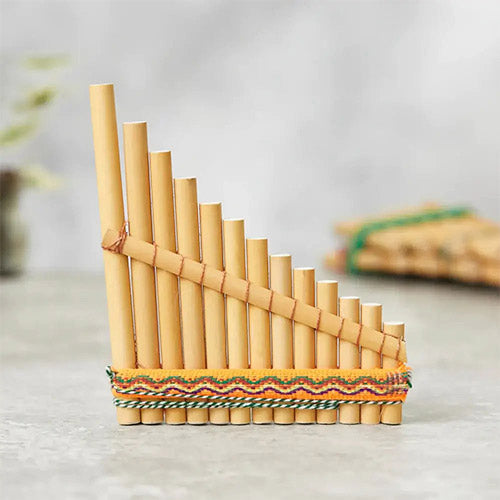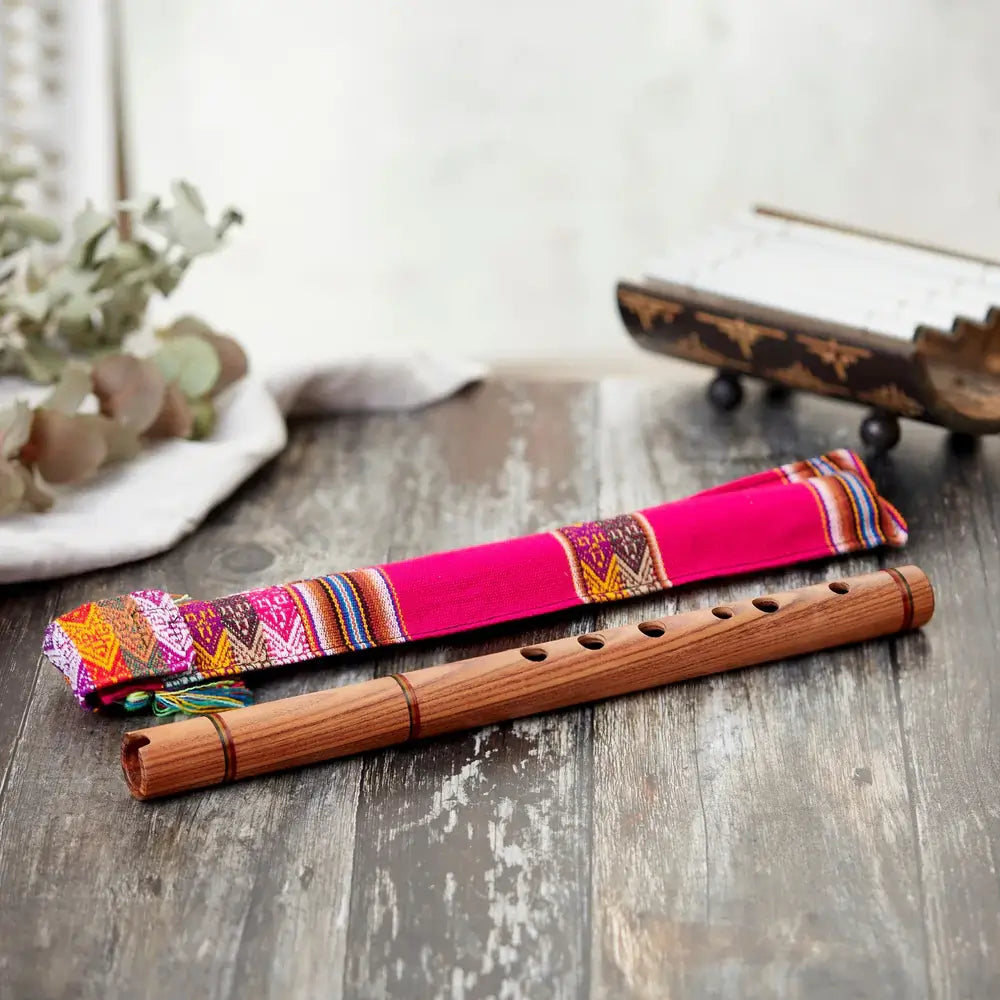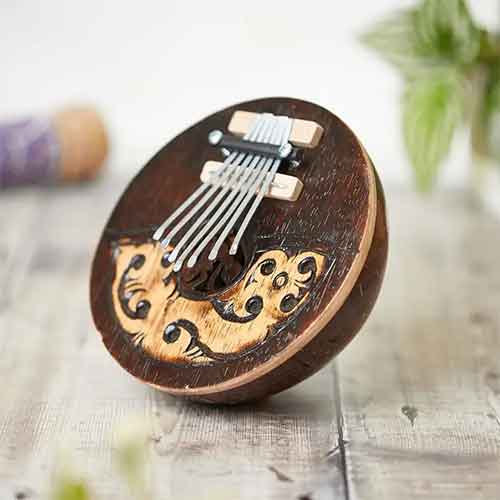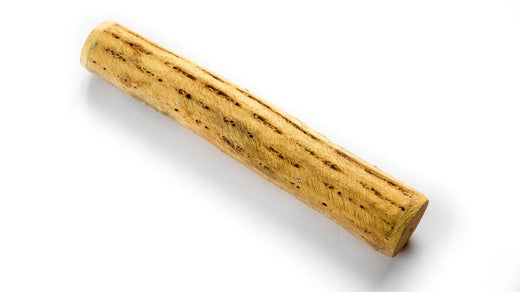This quick guide will show you how to play the musical saw. Before you start, make sure the saw you choose is blunt, not sharp. Musical saws are meant to be blunt to avoid injury, but they are not toys. Always handle the saw carefully to prevent accidents. Ensure the saw is securely held in place before playing. Keep a firm grip and be mindful of where your hands are. When using the bow or tapping the saw, be cautious not to exert too much force, as excessive pressure can damage the saw. Also, when adding vibrato, make sure your movements are controlled—don't overexert yourself, and take breaks if you start feeling tense or uncomfortable.
Using a Musical Saw Safely
Using a musical saw can be dangerous, as the instrument has sharp edges. This is a rough guide and not a substitute for professional training. Only use if you are properly trained. We are not liable for any injury or damage. Always study safety precautions thoroughly before use. If in doubt, seek the assistance of a professional.
Choosing Your Saw
Some musicians play the 26-inch Stanley musical saw, while others opt for an expensive handmade one. You don't need to buy a fancy expensive musical saws that websites often try to sell for a ton of money. Any regular musical saw will do as long as it's sturdy and has a good flex.
Setting Up Your Saw
Now, let's get started. Clamp the saw between your knees, with the pointy part facing you. Yeah, I know—it can look intimidating, but don't worry, we'll take it step by step.
The First Steps: Creating the Arc
Place your thumb on top of the saw, then push downwards to create a nice, smooth arc. (This is on the side of the saw, not the sharp bit!) You should feel a natural curve start to form. Now, take your other fingers (I like to use three fingers and ignore my pinky, which is a bit dainty) and pull up while you push down with your thumb. This will create the magical S-curve essential for playing the musical saw.
Using the Bow
Now, grab your bow. We have tried using a regular violin bow, and if you purchase an actual musical saw, the manufacturer may produce a custom-made bow that goes with the saw, but honestly, anything will work. A thicker bow can be a little easier for beginners, but don't worry about getting the perfect one—anything will do. One thing to note: if you're in a pinch, tap the saw with a hammer or use the back of the bow to get some sound. But let's focus on the bowing for now. To get a smooth, clear sound, you must ensure you're rosin'ing the bow well. A lot of rosin—trust me, it makes a difference! Playing the musical saw is not easy; it does take a lot of practice to produce any sound, so if you struggle, don't worry, it's normal!
Finding Your Sweet Spot
Here's the key part: the sweet spot for the sound is not at the very top of the arc. It's just a little beyond that. You want to experiment with the angle as you bow, adjusting it to get different pitches. The more you change the angle, the more variety of sound you'll get.
Adding Vibrato and Expression
Shake your leg if you want to add some groove to the sound. You can use your leg movement to create vibrato. This helps sustain the note a little longer and gives the sound more expression. You don't have to shake it if you don't want to—this is a fun way to add drama to your sound.
You can achieve a similar effect without the leg movement, but shaking it can make you sound like a crazy soprano! Learning to play the musical saw is all about trial and error. You won't learn to play it overnight, but you'll start creating beautiful eerie sounds with time and practice.












